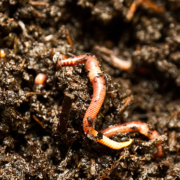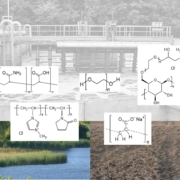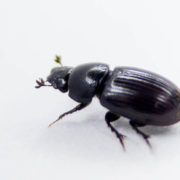New publication: Minimizing experimental testing on fish for legacy pharmaceuticals
Lead by Anja Coors, a team of partners in the IMI-funded project ‘Prioritisation and risk evaluation of medicines in the environment’ (PREMIER) developed and recently published a decision tree that shall help to minimize animal testing within PREMIER and beyond. The risk-driven decision tree uses a combination of experimental testing with non-vertebrates and a fish-specific […]


 D. Leib
D. Leib Hydrotox - Labor für Ökotoxikologie und Gewässerschutz GmbH
Hydrotox - Labor für Ökotoxikologie und Gewässerschutz GmbH  T. Junker
T. Junker K. Duis
K. Duis

 K. Duis
K. Duis
